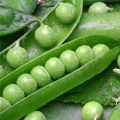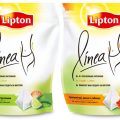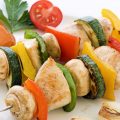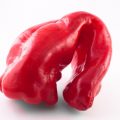All these preferences reflect naturalreactions of our body, and they are directly related to our physiological needs. However, in the frantic pace of modern life, few people think about this. Often we brush off what our body requires, saying, I'll make up for it later. But there will be no "later"
Chinese food
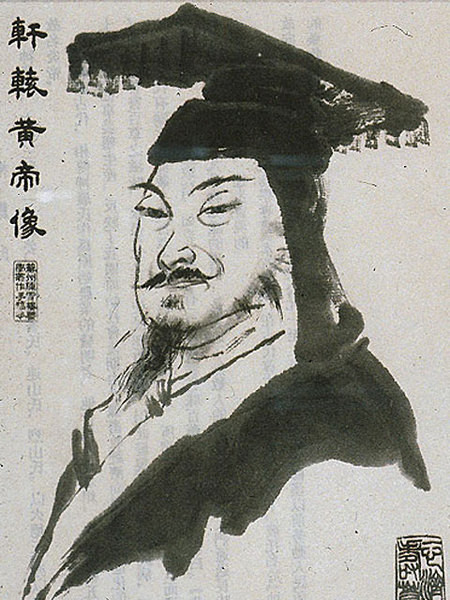 Individual dietAccording toAccording to the traditional Chinese approach, food is viewed not only as a set of essential nutrients, but above all as a form of energy. The color of the food, its consistency, taste and smell are analyzed. Each of these qualities is believed to carry a special type of energy, or qi. This approach is opposed to the currently widespread industrial methods of food processing, which are aimed at increasing the volume of the product and reducing the cooking time. In this case, energy factors are not taken into account. As a result, people who eat such food may look quite well-fed, but experience a lack of vital energy. This is explained by an imbalance between the caloric content and the energy components. Take, for example, different varieties of parsley. One variety of parsley has small leaves, but has a strong aroma. Another variety has much larger leaves, but the aroma is less pungent. A larger-leaved variety may have more volume and possibly more calories, but a small-leaved variety, due to its aroma, may carry more energy. A similar effect is known in homeopathic medicine. The drugs used in it are sometimes so diluted that it is almost impossible to detect the original medicinal raw material. However, the drugs still retain their effectiveness because they contain the energy and information of the original components.
Individual dietAccording toAccording to the traditional Chinese approach, food is viewed not only as a set of essential nutrients, but above all as a form of energy. The color of the food, its consistency, taste and smell are analyzed. Each of these qualities is believed to carry a special type of energy, or qi. This approach is opposed to the currently widespread industrial methods of food processing, which are aimed at increasing the volume of the product and reducing the cooking time. In this case, energy factors are not taken into account. As a result, people who eat such food may look quite well-fed, but experience a lack of vital energy. This is explained by an imbalance between the caloric content and the energy components. Take, for example, different varieties of parsley. One variety of parsley has small leaves, but has a strong aroma. Another variety has much larger leaves, but the aroma is less pungent. A larger-leaved variety may have more volume and possibly more calories, but a small-leaved variety, due to its aroma, may carry more energy. A similar effect is known in homeopathic medicine. The drugs used in it are sometimes so diluted that it is almost impossible to detect the original medicinal raw material. However, the drugs still retain their effectiveness because they contain the energy and information of the original components.
Taste and the Five Elements
The earliest known mention ofThe idea of food as medicine is found in the oldest treatise on world medicine, the Yellow Emperor's Classic of Internal Medicine (Huangdi Nei Jing), dating back to the 18th century BC. It is written in the form of a dialogue between Emperor Huangdi and the imperial physician Qi Wo. The emperor asks his physician about the origin of diseases: "Everything is subject to the influence of the four seasons and the interaction of yin and yang. Is it possible to understand the nature of this influence?" "An excellent question!" the physician replies. He then describes in detail the five natural properties related to the five elements: cold, heat, dryness, moisture, and wind. Each of these properties, according to him, has a specific effect on the internal organs, and each is associated with a special smell. In general, the classification of products used in the Chinese tradition looks like this:Element Taste and smellColorInternal organsWoodSourgreenliver and gallbladderFireBitterredheart and small intestineEarthsweetyellowspleen and stomachMetal (Air)Pungent, spicywhitelungs and large intestineWatersaltyblackkidneys and bladderAs can be seen from the table, each of the five elements corresponds to one of the five smells and tastes: sour, bitter, sweet, spicy and salty. A balanced diet is based on their harmonious combination. The first step to regulating physiological and psychological imbalance is associated with optimizing the diet. To do this, we must know how tastes interact with physiological and psychological functions. Qi Wo explains to the emperor: "If there is too much salt in food, the pulse becomes harder, the eyes water, and the face becomes puffy. If food is too bitter, the skin ages and the hair on the body falls out. If food is too spicy, the muscles become knotty and the fingernails and toenails begin to crumble. If food is too sour, the flesh hardens and wrinkles appear. If food is too sweet, the bones begin to ache and the person quickly goes bald."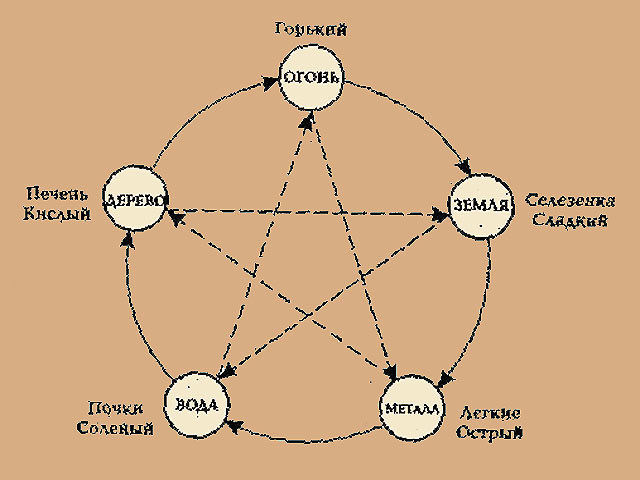 The diagram of interaction of elements shows the relationshipsbetween them. The elements connected by solid arrows nourish and support each other. The elements connected by dotted arrows suppress each other. The interaction of the tastes and organs associated with them is also considered to be the same. The Five Elements Theory also suggests that eating too much salty food increases the load on the kidneys and can even harm them (since the salty taste is associated with the kidneys). People with liver problems should avoid overly spicy food, and those with heart problems should not eat a lot of salty foods. Those with spleen diseases should avoid sour foods. Those with lung diseases do not need a lot of bitterness. Finally, people with kidney diseases should not eat too many sweets. These instructions are explained by the fact that each element governs another element associated with it and is simultaneously limited by another element. Then Qi Wo talks about the interaction of different smells and how some smells are used to balance others. For example, he says: "Sour odors are bad for the muscles, but spicy odors counteract them." According to Qi Wo, bitter odors strengthen the heart, which in turn accelerates the blood and stimulates the liver. Have you ever bitten your tongue while eating? It is not because you are too nervous or in a hurry - it is all about excessive cardiac activity. Add a little extra bitterness (for example, raw turnip or grated fried zucchini) and you will be able to restore the normal rhythm of cardiac function. It is difficult to give a quantitative justification for the balance of taste based on this system. However, understanding the very fact of the relationships it describes will allow you to independently, based on your own experience, study how these relationships manifest themselves in your life and the lives of people you know.
The diagram of interaction of elements shows the relationshipsbetween them. The elements connected by solid arrows nourish and support each other. The elements connected by dotted arrows suppress each other. The interaction of the tastes and organs associated with them is also considered to be the same. The Five Elements Theory also suggests that eating too much salty food increases the load on the kidneys and can even harm them (since the salty taste is associated with the kidneys). People with liver problems should avoid overly spicy food, and those with heart problems should not eat a lot of salty foods. Those with spleen diseases should avoid sour foods. Those with lung diseases do not need a lot of bitterness. Finally, people with kidney diseases should not eat too many sweets. These instructions are explained by the fact that each element governs another element associated with it and is simultaneously limited by another element. Then Qi Wo talks about the interaction of different smells and how some smells are used to balance others. For example, he says: "Sour odors are bad for the muscles, but spicy odors counteract them." According to Qi Wo, bitter odors strengthen the heart, which in turn accelerates the blood and stimulates the liver. Have you ever bitten your tongue while eating? It is not because you are too nervous or in a hurry - it is all about excessive cardiac activity. Add a little extra bitterness (for example, raw turnip or grated fried zucchini) and you will be able to restore the normal rhythm of cardiac function. It is difficult to give a quantitative justification for the balance of taste based on this system. However, understanding the very fact of the relationships it describes will allow you to independently, based on your own experience, study how these relationships manifest themselves in your life and the lives of people you know.




